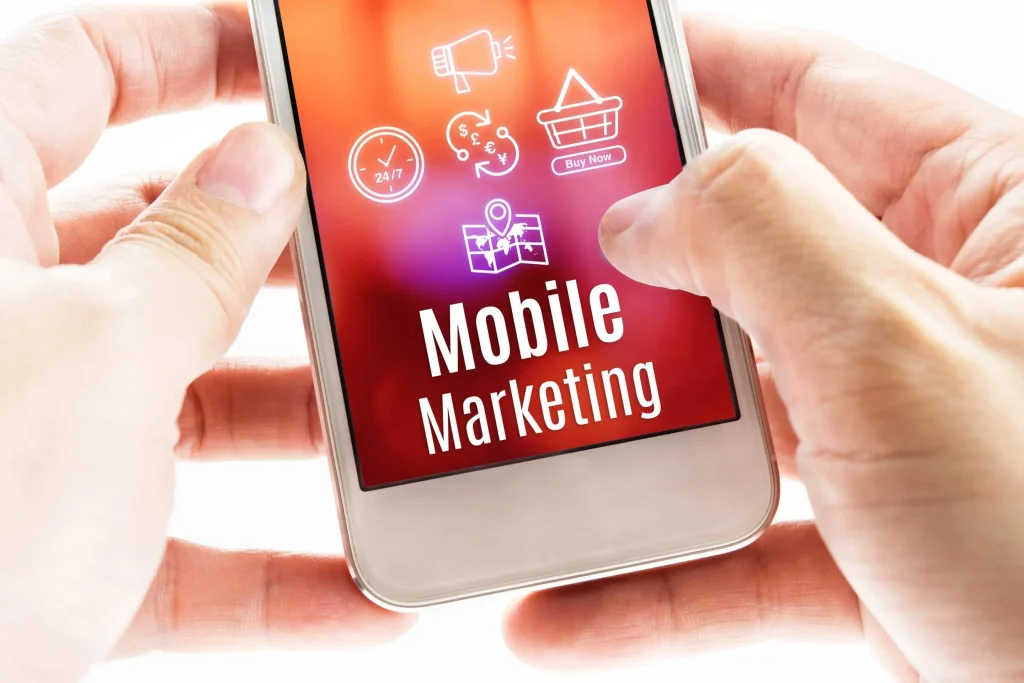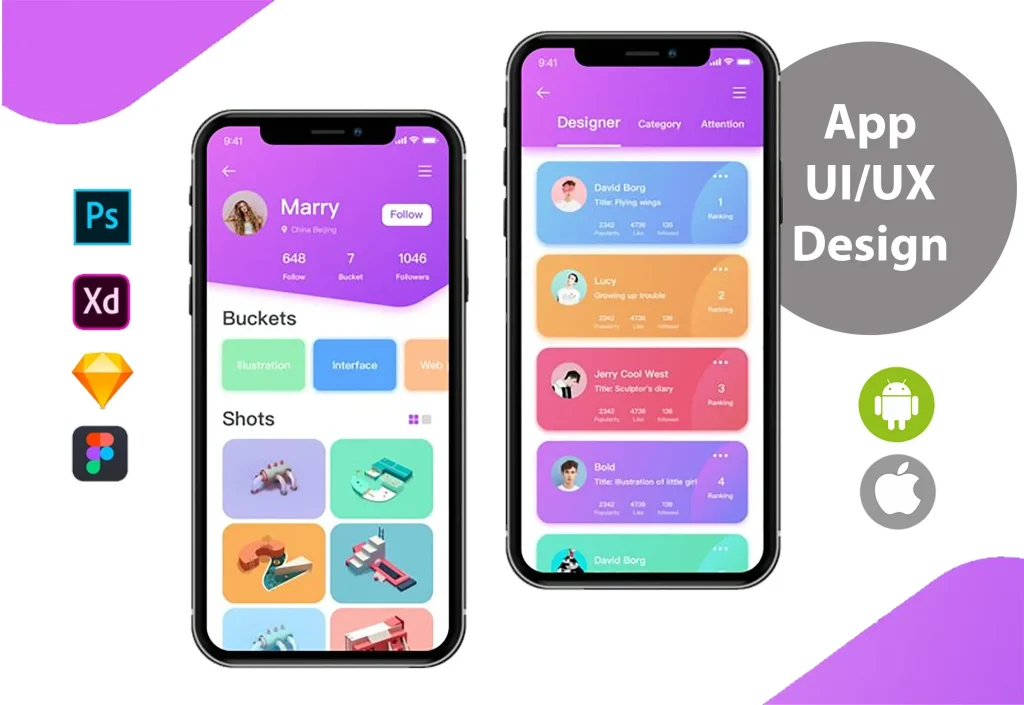Mobile marketing is no longer a buzzword but a core growth engine for brands of all sizes, reshaping how we connect with customers on their devices, across channels, and in real-time conversations. As smartphones accompany people through every moment, campaigns that fail to adapt to mobile behavior miss real-time moments and local relevance, reducing trust and dampening response rates. A well-crafted mobile strategy blends data, consent-driven messaging, and smart channel choices to feel personal rather than intrusive, turning brief touches into meaningful interactions over time. By combining the right channels with precise targeting and value-added experiences, you can strengthen engagement across the customer journey, improving retention and optimizing spend. This guide explains how a mobile-first marketing mindset can scale across devices while respecting user choices, privacy, and preferences to sustain long-term growth.
Viewed through a broader lens, the concept translates to on-the-go outreach, handset-focused campaigns, and device-aware engagement that meet users where they are. This perspective emphasizes mobile advertising strategies, smart use of SMS marketing, and thoughtful push and in-app messaging that respect privacy. By centering speed, relevance, and consent, brands can craft campaigns that feel helpful rather than interruptive, no matter the channel. In practice, a successful mobile-ecosystem strategy weaves together quick-loading experiences, location signals, and cross-device continuity to keep the user in control while staying meaningful.
Mobile Marketing: Reaching Every Pocket with Personalised Campaigns
Mobile marketing is most effective when campaigns feel tailored rather than generic. By leveraging first‑party data, location signals, and user context, brands can craft mobile marketing campaigns that respect user time while delivering meaningful value. This approach aligns with a mobile-first marketing mindset, ensuring that experiences load quickly, are thumb-friendly, and fit naturally into the user’s daily rhythm. The result is campaigns that feel personal, timely, and relevant, transforming small moments into moments of engagement.
To maximize relevance, focus on consent-driven channels and purposeful targeting. SMS marketing remains a direct, permission-based channel for time-sensitive updates and exclusive offers when the user has opted in. Integrating this with mobile advertising strategies—such as flagships like push notifications and in-app messaging—helps create a cohesive mobile customer engagement experience across devices. When executed with clarity and respect for privacy, these tactics strengthen trust and lift the performance of mobile marketing campaigns.
Integrated Mobile-First Marketing: Coordinating SMS, Push, and In-App for Consistent Engagement
A truly effective mobile-first strategy coordinates multiple channels to meet users where they are. By harmonizing SMS marketing, push notifications, in-app messaging, and mobile ads, brands can deliver a unified journey that reinforces the same value proposition and brand voice. Cross-channel consistency reduces friction, boosts recognition, and enhances the likelihood that a user will respond, whether they’re near a store, at home, or on the go. This integrated approach supports higher mobile customer engagement and better overall campaign performance.
Measuring success across channels requires clear attribution and aligned KPIs. Focus on actionable metrics such as install and activation rates for mobile apps, open rates for notifications, and downstream conversions from mobile landing pages or in-app experiences. Continuous optimization—through controlled experiments, audience segmentation, and timing tests—helps refine mobile advertising strategies and ensure mobile marketing campaigns drive meaningful outcomes, from awareness to revenue.
Frequently Asked Questions
What is mobile-first marketing and how can it power mobile marketing campaigns?
Mobile-first marketing prioritizes fast, thumb-friendly experiences and clear value at every touchpoint. When applied to mobile marketing campaigns, start with a mobile-first mindset and use a mix of SMS marketing, push notifications, and in-app messaging to reach users at moments of intent. Keep communications concise, obtain clear opt-ins, and personalize by location and behavior to drive meaningful downstream actions like app installs, registrations, or purchases.
What are the best mobile advertising strategies to boost mobile customer engagement?
The best mobile advertising strategies blend programmatic and native mobile ads with mobile-optimized landing pages to maximize relevance and conversions. Use precise audience targeting (location, device, behavior) and timely, concise creative to deepen mobile customer engagement. Support ads with consent-based channels such as SMS marketing and push notifications, and measure success with installs, open rates, conversions, and retention to continuously optimize campaigns.
| Section | Key Points | Relevance / Impact |
|---|---|---|
| Introduction | Mobile marketing has moved from buzzword to core growth engine; smartphones enable real-time moments, local relevance, and immediate engagement; campaigns must adapt to mobile behavior. | Sets the stage for mobile-first strategies; essential for growth. |
| The Mobile Marketing Landscape | Think mobile-first: fast-loading experiences; thumb-friendly navigation; clear value propositions; multi-channel reach—from SMS to push to in-app; use data, signals, and context to deliver timely, relevant experiences. | Improves awareness, consideration, and conversions; higher engagement and retention. |
| Defining a Campaign: Goals, Audiences, and Value | Define objectives (awareness, leads, app installs, revenue); segment audiences (new vs power users; urban vs rural); map value to user moments; align success metrics with goals; establish a consent-based framework. | Promotes precise targeting, measurement credibility, and trust. |
| Channels in Mobile Marketing: A Channel Mix That Works | SMS Marketing; Push Notifications; In-App Messaging; Mobile Advertising; Mobile-Optimized Websites & Landing Pages. | These channels work together to maximize reach, relevance, and conversions. |
| Crafting Campaigns That Reach Every Pocket | Personalization at scale; Timing is everything; Cross-channel consistency; Location and context; Content relevance and format; Privacy, consent, and compliance. | Drives relevance while respecting user preferences and privacy. |
| A Step-by-Step Blueprint for a Mobile Campaign | Define objectives; Identify target audiences; Decide on channel mix; Craft concise copy/visuals; Set up automation; Build privacy-compliant data model; Run pilot and measure; Scale successful tactics. | Provides a practical roadmap for launch and optimization. |
| Measuring Success and Optimizing for Growth | KPIs: install/activation rates, open rates, conversions, lifetime value, retention; opt-in rates and unsubscribes; use agile experiments; attribution models to connect mobile to the funnel. | Helps optimize performance and justify investment. |
| Common Pitfalls to Avoid | Over-messaging; Irrelevant content; neglecting speed and usability; privacy/consent gaps; lacking opt-in flow or easy opt-out; unbalanced cadence. | Prevents fatigue and builds trust. |
Summary
Mobile marketing has the potential to transform how brands connect with users by delivering timely, relevant, and respectful experiences across devices. Embracing a mobile-first mindset, integrating a balanced channel mix, and prioritizing consent and quality data enables campaigns that feel personal rather than intrusive and that move prospects along the journey with clarity and trust. By measuring the right indicators, optimizing iteratively, and staying aligned to user needs, you can build durable relationships and sustained growth through Mobile marketing.



